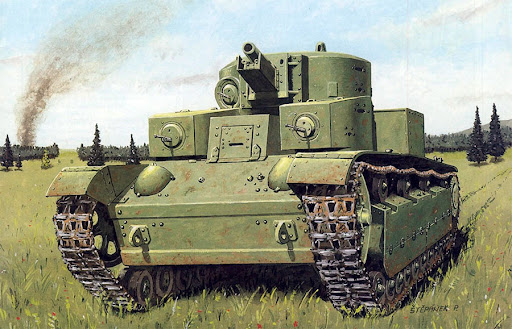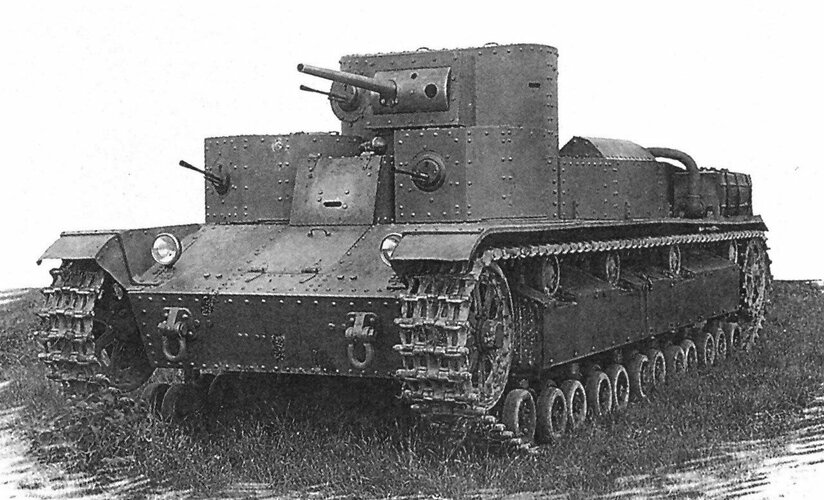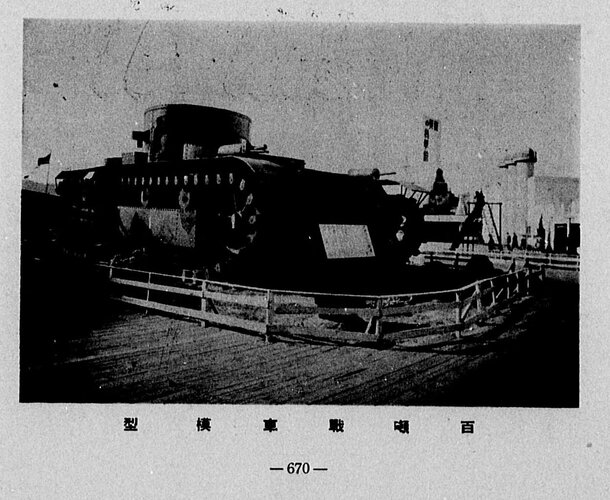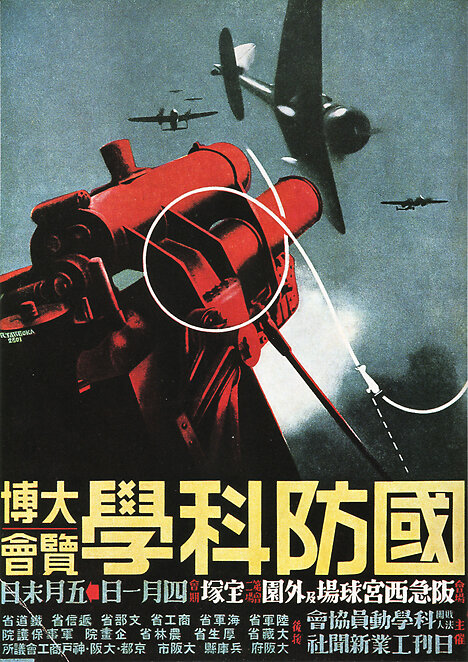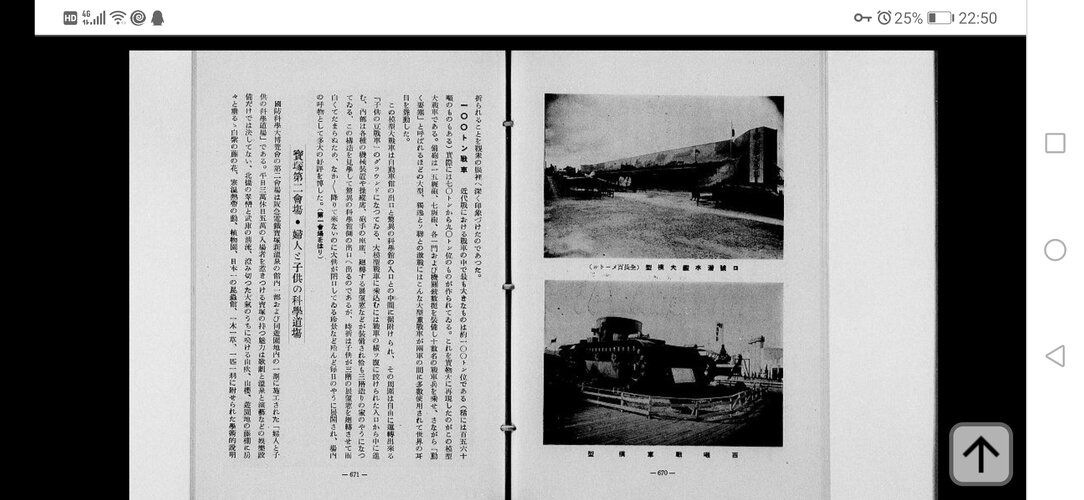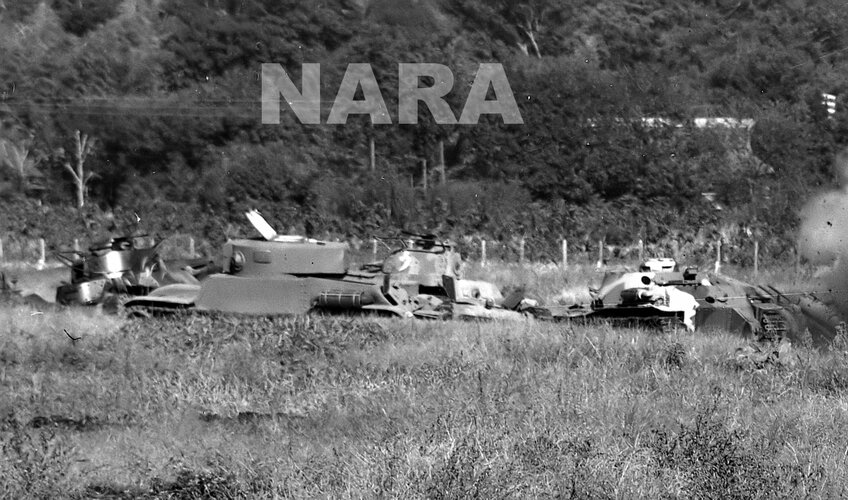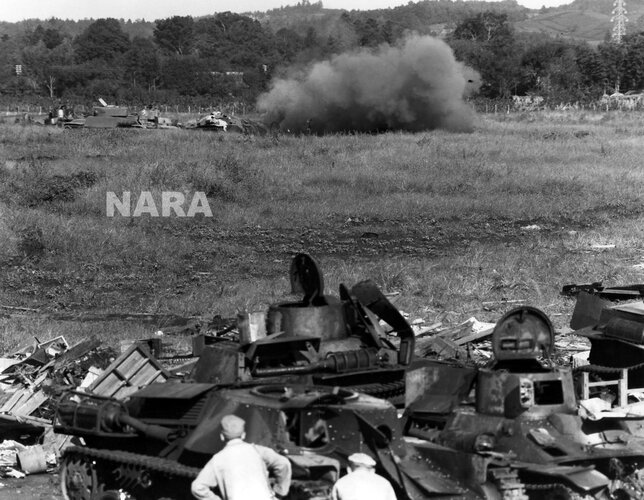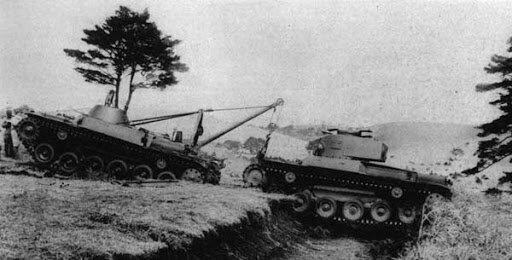monochromelody
ACCESS: Confidential
- Joined
- 3 November 2015
- Messages
- 72
- Reaction score
- 204
You may read some info from Maiwaffentrager's blog or somewhere else, which I seriously doubt any credibility.
I would assume that these names show some certain design features, rather than factory names, I'll explain now.
What Maiwftrgr. said Ai-96, Mitsu-97, Mitsu-104, Ishi-108, have names to imply factory, which I don't believe.
I think these are misinformation about tank configuration.
一砲塔(one-turreted)→イチ(ichi, means one)→Aichi or A "ichi"(far-fetched)
三砲塔(three-turreted)→ミツ(mitsu, means three)→Mitsubishi(far-fetched)
五砲塔(five-turreted)→イツ(itsu, means five)→イシ(ishi, mis-written)→Ishikawajima(Far-fetched)
And so far, my explaination did work well on heavy tanks:
Ai-96(one-turreted)

Mitsu-97(three-turreted)

Mitsu-104(three-turreted)

Ishi-108(five-turreted)

Actually these tanks could be IJA document about foreign tank developments circa early 1930s. When Allies intelligence found them, they were granted "Japanese secret weapons".
Yet I can't figure out how these numbers after names meaning, but I can say that these numbers definitely not for year designed/adopted.
My opinion about Maiwaffentrager?
DO NOT TRUST ANYTHING HE/SHE SAID
Because he/she had been caught making up "archive photos" by censoring unrelated document data pages, several times.
Once I caught Maiwaffentrager 3 or 4 years ago, he/she was posting a snapshot claimed to be "Mitsubishi secret file about Type 90 MBT protection estimation".
While I found out that actually he/she took a page from declassified Type 10 MBT design report, put heavy censoreship on Japanese Kanji text, left only numbers to be seen, and inverted the image black&white colour.
In fact that page is discussion about different tank optic lense sizes and their pros & cons. He/she left those size numbers, claiming it's armour thickness equivalent against KE-munition.
When I busted it out, he/she apologized immediatly, and deleted everything could be evidence against himself/herself.
Another time last year, Maiwaffentrager was caught again, posting a snapshot of "Japanese patent of un-manned turret tank design", turned out to be a Bofors AB patent, with all those annotation erased.
Anyways, never trust. And bust it up if you can.
I would assume that these names show some certain design features, rather than factory names, I'll explain now.
What Maiwftrgr. said Ai-96, Mitsu-97, Mitsu-104, Ishi-108, have names to imply factory, which I don't believe.
I think these are misinformation about tank configuration.
一砲塔(one-turreted)→イチ(ichi, means one)→Aichi or A "ichi"(far-fetched)
三砲塔(three-turreted)→ミツ(mitsu, means three)→Mitsubishi(far-fetched)
五砲塔(five-turreted)→イツ(itsu, means five)→イシ(ishi, mis-written)→Ishikawajima(Far-fetched)
And so far, my explaination did work well on heavy tanks:
Ai-96(one-turreted)
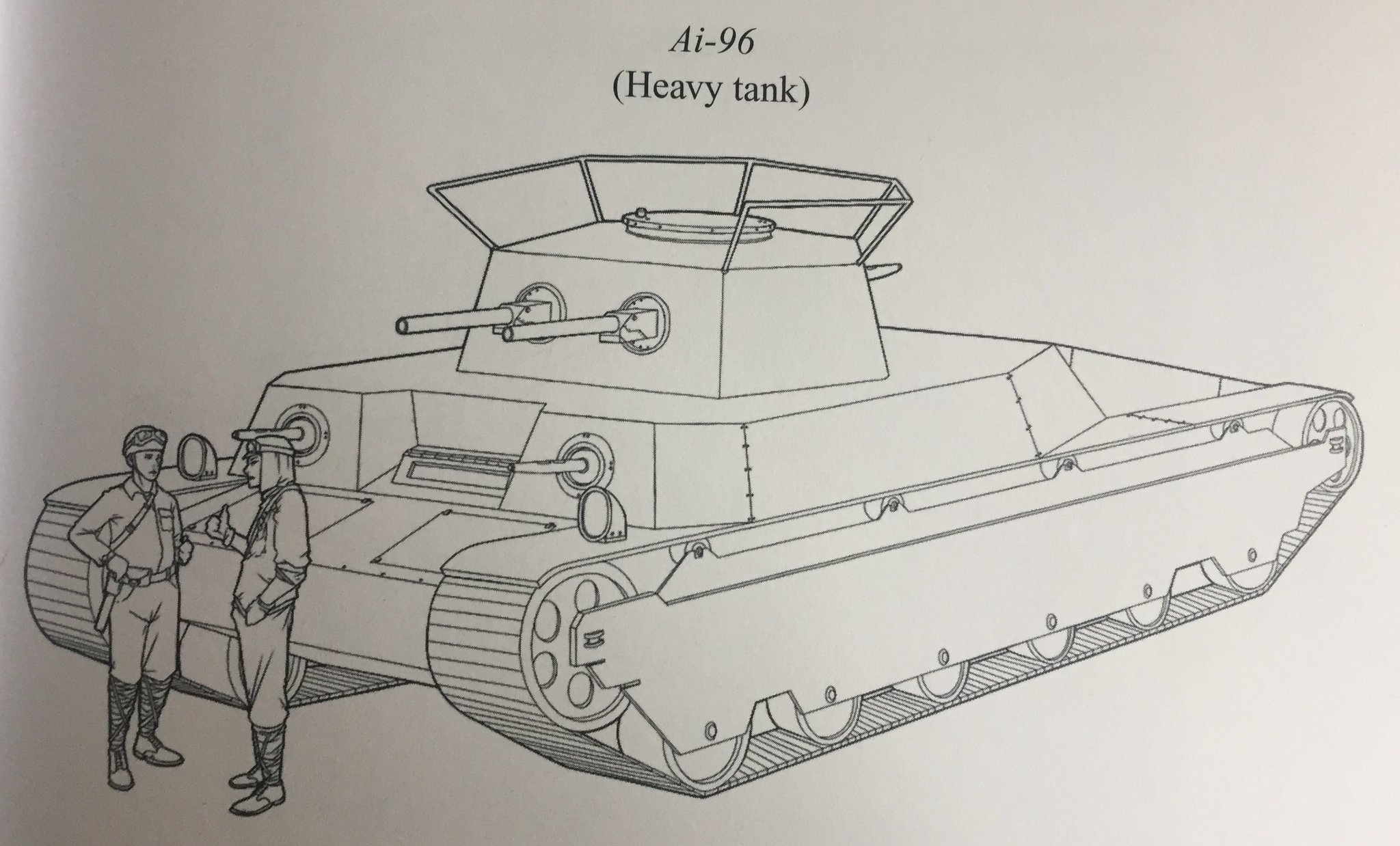
Mitsu-97(three-turreted)
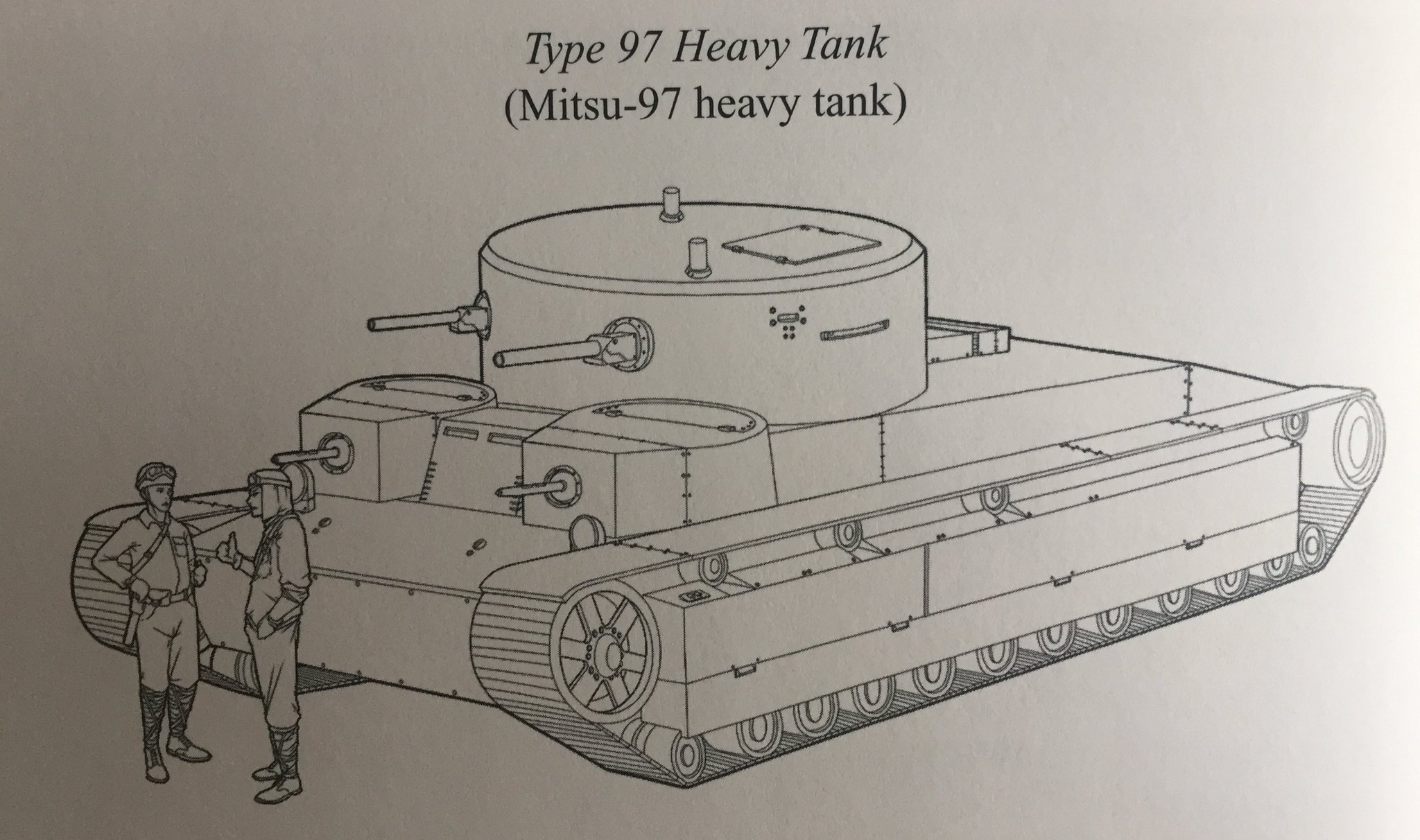
Mitsu-104(three-turreted)
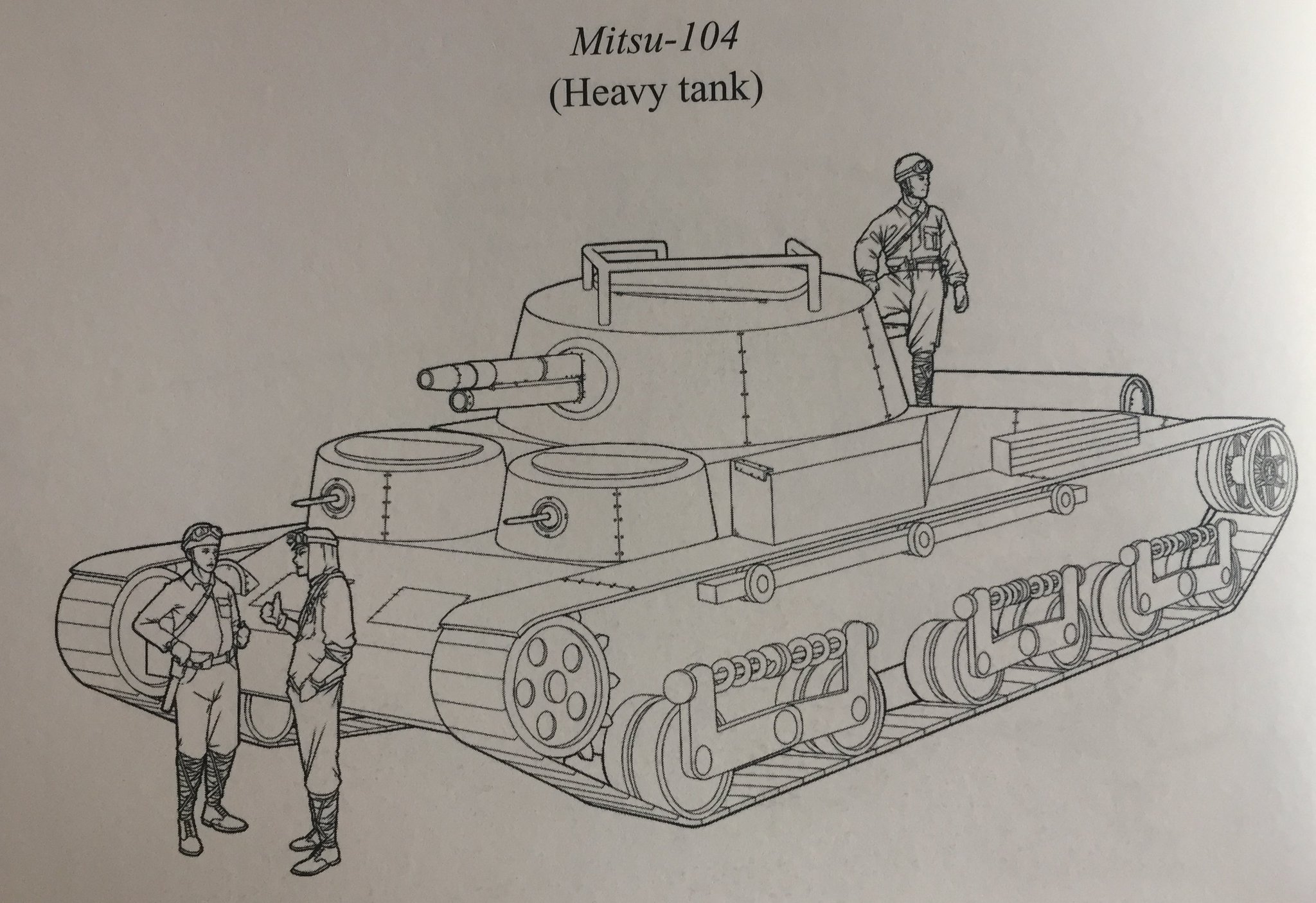
Ishi-108(five-turreted)
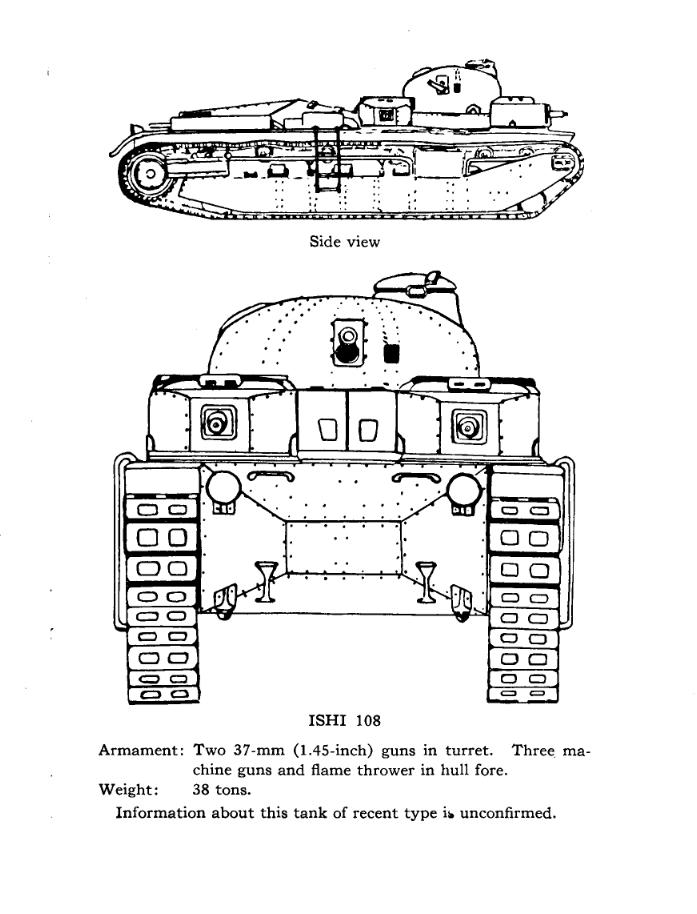
Actually these tanks could be IJA document about foreign tank developments circa early 1930s. When Allies intelligence found them, they were granted "Japanese secret weapons".
Yet I can't figure out how these numbers after names meaning, but I can say that these numbers definitely not for year designed/adopted.
My opinion about Maiwaffentrager?
DO NOT TRUST ANYTHING HE/SHE SAID
Because he/she had been caught making up "archive photos" by censoring unrelated document data pages, several times.
Once I caught Maiwaffentrager 3 or 4 years ago, he/she was posting a snapshot claimed to be "Mitsubishi secret file about Type 90 MBT protection estimation".
While I found out that actually he/she took a page from declassified Type 10 MBT design report, put heavy censoreship on Japanese Kanji text, left only numbers to be seen, and inverted the image black&white colour.
In fact that page is discussion about different tank optic lense sizes and their pros & cons. He/she left those size numbers, claiming it's armour thickness equivalent against KE-munition.
When I busted it out, he/she apologized immediatly, and deleted everything could be evidence against himself/herself.
Another time last year, Maiwaffentrager was caught again, posting a snapshot of "Japanese patent of un-manned turret tank design", turned out to be a Bofors AB patent, with all those annotation erased.
Anyways, never trust. And bust it up if you can.

